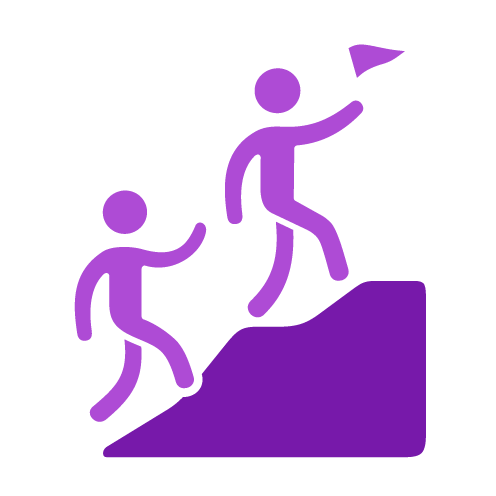
Do you have to deliver a presentation but don’t know where to start? Use these quick tips to get you on the road to creating good content.
Most speeches consist of three main parts:
- Introduction – Gains attention and orients to the focus of the speech.
- Body -Sets forth the main ideas and develops or supports the main ideas of the presentation.
- Conclusion – Reviews the main ideas and imparts a statement of impact.
You deliver your presentation in this order: introduction, body and conclusion. However, you develop your presentation by creating the body first.
So how do you create the body?
Start by answering these 4 questions:
- What is the main topic of your presentation?
- What does your audience care about?
- What do you want to accomplish?
- What does your audience need to move from where they are now to where you want them to be?
What your listeners need, either to understand your message or be persuaded, should determine your main points. Each main point should help move your listeners toward your goal.
Focus is important. The most common mistake beginners make is to select too many main points. Three main points are plenty for most presentations. Each one of the main points must be developed with supporting materials, and to develop your ideas fully will take time.
Organizing Ideas for Easy Understanding
Once you have identified your main points and answered the above 4 questions, you then need to decide how to best organize your information so that your listeners understand it, can make sense of the content, and can understand how it is relevant to them.
Effective speakers recognize the importance of organization. You have an important goal – a message you want your listeners to understand, believe, or act on.
Once you have determined your main points you have several options about how to organize your material. The arrangement you select will depend on your goal, your topic, and your audience. What does your audience need to follow your ideas? Also, know that some arrangements will work better for certain topics.
Some possible ways to organize your presentation:
- Sequential Order
- Discuss Problems and Solutions
- Use Categories
Once you have completed your body, then focus on your introduction and conclusion.
For your introduction and conclusion, start with something out of the norm that will capture your audience’s attention.
“So today I’m going to talk about . . . “ is a dull way to start off. As well, “are there any questions . . . “ is a weak way to close the presentation.
Instead use one of these as a way to open and close your presentations:
- Provide a Powerful Quotation
- Ask a Rhetorical Question
- Make a Startling Statement
- Issue a challenge or appeal










